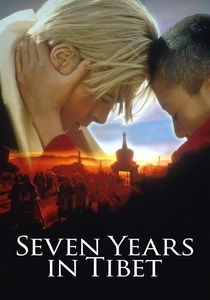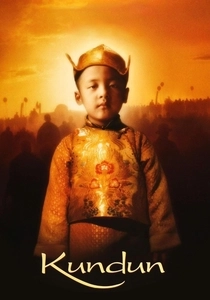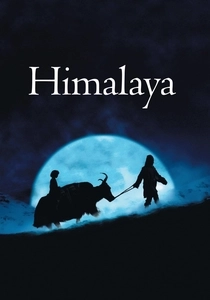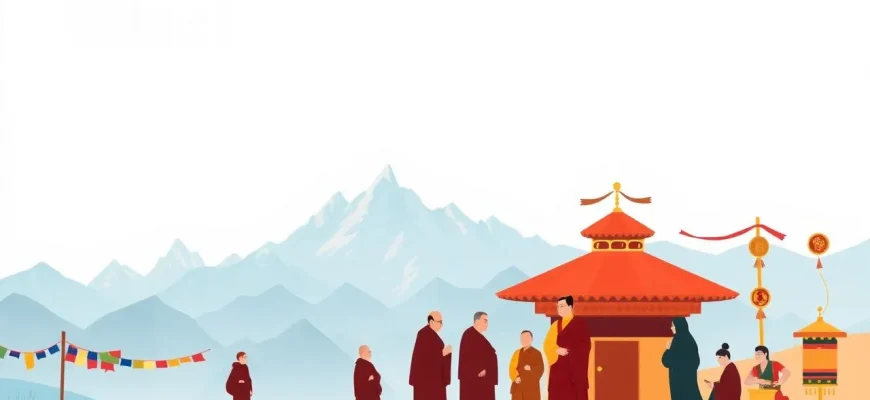Tibet, often referred to as the "Roof of the World," has captivated filmmakers and audiences alike with its rich cultural heritage, breathtaking landscapes, and profound spiritual traditions. This curated list of 10 films provides a cinematic journey through Tibet, offering insights into its history, the lives of its people, and the challenges they face. Whether you're a cinephile or simply curious about this enigmatic region, these films will transport you to the heart of Tibet, showcasing its beauty and complexity through compelling narratives and stunning visuals.

Seven Years in Tibet (1997)
Description: This epic drama follows the journey of Austrian mountaineer Heinrich Harrer, who finds himself in Tibet during a time of great political upheaval. The film delves into his friendship with the young Dalai Lama and the cultural richness of Tibet.
Fact: The film was banned in China due to its portrayal of the Chinese invasion of Tibet. Brad Pitt, who played Harrer, learned to speak Tibetan for his role.
 Watch Now
Watch Now 
Kundun (1997)
Description: Directed by Martin Scorsese, "Kundun" is a biographical film about the life of the 14th Dalai Lama from his childhood to his exile. It provides an intimate look at Tibetan Buddhism and the Dalai Lama's spiritual journey.
Fact: The film was shot in Morocco, as filming in Tibet was not possible. Scorsese used a non-linear narrative to reflect the Dalai Lama's spiritual teachings.
 30 Days Free
30 Days Free 
Himalaya (1999)
Description: Set in the remote Dolpo region of Nepal, this film explores the life of a Tibetan village and the struggle for leadership after the death of the village chief. It's a poignant tale of tradition, survival, and the harsh beauty of the Himalayas.
Fact: The film was shot with non-professional actors from the region, providing an authentic portrayal of their lives.
 30 Days Free
30 Days Free 
The Cup (1999)
Description: This heartwarming comedy-drama focuses on a group of young monks in a Tibetan monastery who are obsessed with watching the World Cup soccer matches. It's a light-hearted look at the clash between tradition and modernity.
Fact: The film was directed by Khyentse Norbu, a Bhutanese lama, making it one of the few films directed by a Buddhist monk.
 30 Days Free
30 Days Free 
The Horse Thief (1986)
Description: This Chinese film, set in Tibet, tells the story of a horse thief who steals to provide for his family, exploring themes of poverty, tradition, and redemption within a Tibetan community.
Fact: The film was one of the first to be shot in Tibet by a Chinese director, Tian Zhuangzhuang, and it was banned in China for its critical portrayal of Tibetan life.
 30 Days Free
30 Days Free 
The Silent Holy Stones (2005)
Description: A young Tibetan monk's fascination with modern technology and pop culture leads to a journey of self-discovery and the blending of old and new worlds in this touching film.
Fact: The film was shot in the Tibetan Autonomous Region and features real monks and villagers, adding to its authenticity.
 30 Days Free
30 Days Free 
Samsara (2001)
Description: This film follows a young Buddhist monk who, after witnessing a tragic event, leaves his monastery to explore the world, leading to a profound spiritual journey through life, death, and rebirth.
Fact: The film was shot in several locations, including Bhutan, India, and Nepal, to capture the essence of the Buddhist concept of Samsara.
 30 Days Free
30 Days Free 
The Search for the Panchen Lama (1998)
Description: This documentary explores the mysterious disappearance of the 11th Panchen Lama, one of the highest-ranking lamas in Tibetan Buddhism, and the political and spiritual implications of his abduction by the Chinese government.
Fact: The film includes interviews with the Dalai Lama and other key figures in the Tibetan community.
 30 Days Free
30 Days Free 
The Sun Behind the Clouds (2009)
Description: This documentary follows the Dalai Lama's journey to find a middle path between the demands of the Chinese government and the aspirations of the Tibetan people for freedom.
Fact: The film was co-directed by Ritu Sarin and Tenzing Sonam, both of whom are deeply involved in documenting Tibetan issues.
 30 Days Free
30 Days Free 
Dreaming Lhasa (2005)
Description: A young Tibetan filmmaker from New York returns to Tibet to make a documentary about a former political prisoner, leading to a personal and cultural awakening.
Fact: The film was shot in India and Tibet, with many scenes filmed in the actual locations where the story takes place.
 30 Days Free
30 Days Free 








